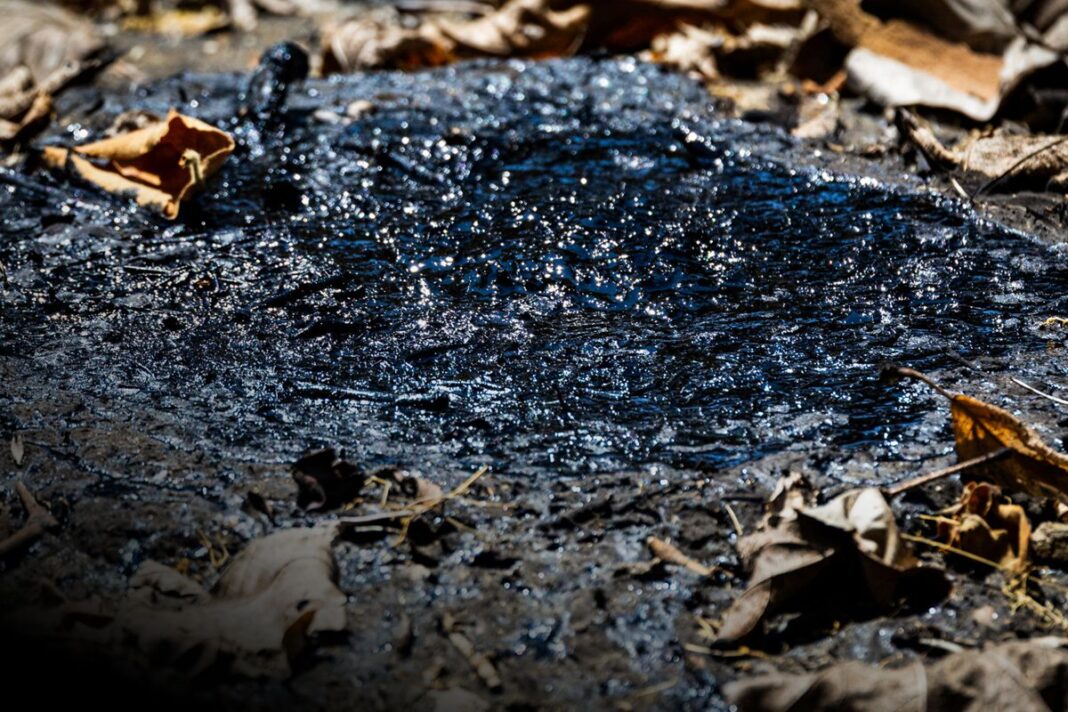New study suggests natural oil seeps might be driving California’s greenhouse gas emissions.
LOS ANGELES—When students in Jamie Rector’s Energy and Civilization course at the University of California, Berkeley, came to him with the idea for a project on California’s abandoned oil wells, he was intrigued.
The state has more than 120,000 abandoned oil and gas wells, as well as 30,000 idle and 70,000 active wells. Many were drilled or dug in the late 1800s, clustered in areas such as downtown Los Angeles and near present-day Dodger Stadium, where the California oil boom began.
The concern among some is that these wells might be emitting methane or other hydrocarbons. Older ones are likely to have been improperly or shallowly sealed.
The federal government has spent $4.7 billion to plug and reclaim abandoned wells. California has plugged around 1,400 wells at a cost of $29.5 million since 1977, and now requires operators to eliminate idle wells or face increasing fees.
As they researched California’s abandoned oil wells, Rector’s students discovered an abundance of natural oil seeps located above the same fields—and came to a surprising conclusion. Geologically driven, natural oil seeps are a major contributor to California’s greenhouse emissions, they say. And drilling—long seen as the problem, not the answer—might be a panacea for emissions.
Natural seeps occur when liquid oil and gas leak to the Earth’s surface, both on land and under water. California sits on actively moving tectonic plates, which create fractured reservoirs and pathways for the oil to escape.
Waters off Southern California are rife with seeps, and oil and gas fields, including the Salt Lake field beneath the La Brea Tar Pits, and the Coal Oil Point field off the coast of Goleta, have some of the highest natural hydrocarbon seep rates in the world, emitting gases such as methane, as well as toxic volatile organic compounds (VOCs).
But these geologically driven seeps, Rector notes, have been largely unaccounted for in assessing how oil production fields contribute to California’s greenhouse gas emissions.
“There are hundreds of studies linking oil and gas fields to greenhouse gas emissions, to cancer rates, to climate justice, to groundwater pollution and everything else,” said Rector. “And yet none of these studies ever considered the possibility that it wasn’t from equipment or production, but natural seeps above the oil fields.”
Reviewing existing literature, Rector’s team calculates that natural seeps, together with orphaned wells, produce 50 times more methane emissions than oil and gas equipment leaks in Southern California.
If seeps are driving emissions above oil fields, Rector reasons, plugging abandoned wells may do little to help pollution.
In fact, he posits, the only demonstrated way to reduce natural seep emissions is by depleting underlying reservoirs—that is, by drilling.
Pointing to studies showing that oil production has reduced and even eliminated seeps, he suggests California’s current regulatory environment may be counterproductive.
“The crazy thing is, by stopping oil and gas production in California, after we’ve regulated and really gotten equipment emissions way down, we may be increasing seep emissions,” Rector said. “Because these seeps come up through the oil and gas fields, and the only way to stop it is by producing oil.”








